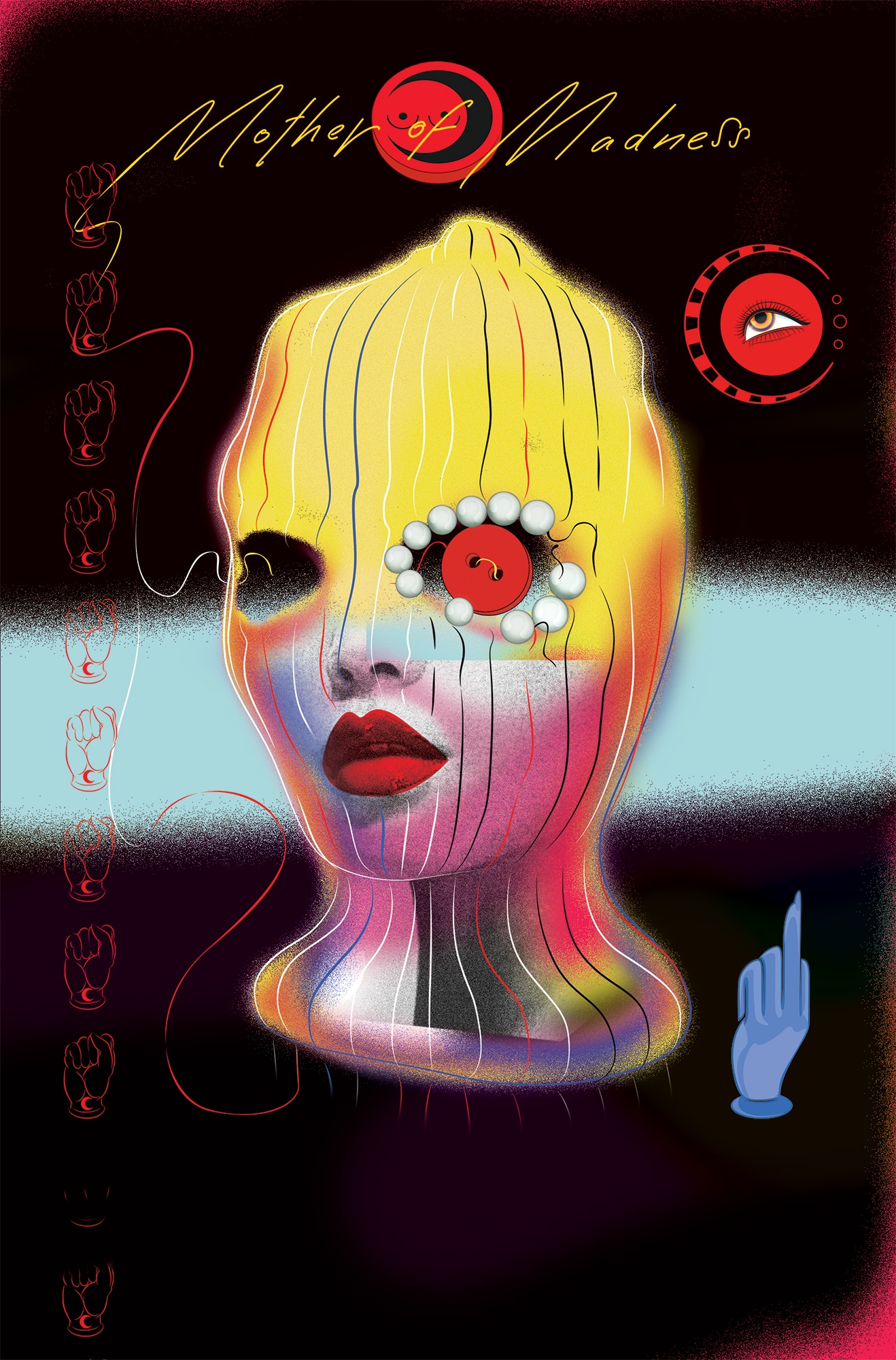Emilia Clarke wrote a superhero comic book, M.O.M.: Mother of Madness!

During an interview with Entertainment Weekly, Emilia Clarke recalled the time she decided to start her new comics. She revealed that she rode in a car with a bunch of friends. Then, she reenacted what she had said. She said, “‘Hey, guys. Wouldn’t it be really funny if…’ And, then, I woke up the next day and was like, ‘That would be funny. That would be fucking cool. Why not?'” Thus, the creation of her superhero comic book, M.O.M.: Mother of Madness.

CR: Image Comics
M.O.M.: Mother of Madness
The three-issue Image Comics plays as a miniseries written by Emilia Clarke along with writer Marguerite Bennett. She calls Bennett “comic guru.” The story follows a single mom named Maya who discovers she possesses freakish superpowers and uses them to take on a secret cabal of human traffickers. Clarke describes the comic as a Deadpool-Esque blend of “a lot of silliness” and tongue-in-cheek humor, combined with a very current feminist sensibility “explored in an extreme genre-bending atmosphere.”
We’re always calling mothers superheroes, and I’m like, what if they were? What if they legitimately were superheroes? Maya has had a very hard life, and she finds herself in a place where everything that makes her unique, she hates and is ashamed about. It’s only in the discovery of her powers that she finds her true acceptance of who she is.

Clarke is deliberately vague about those powers. As she described it,
There are many, many things that she can do that are pretty cool. She can do a lot of stuff at certain moments in her month. She can do all of these wicked things, but they all come from the fact that she is a woman who has a menstrual cycle. I thought it would be cool to have all the things that women don’t like about themselves, flip that, and make those the things that make her superhuman.
It’s fitting: M.O.M.‘s origins are rooted in Clarke’s history as a self-described “fangirl” of superhero comics and movies, who often felt shut out of that world because of her gender — in some cases, literally.
My brother was a comic nerd [growing up], and I wasn’t allowed in the shops! I wasn’t allowed to go in with him, because I was the loser little sister. And the moments that I was allowed in, there weren’t a lot of women on the covers, and there weren’t a lot of women in the shops. So I didn’t feel safe to explore it at that age.

The landscape hadn’t changed much through the years. She further detailed how she doesn’t see female representation in comic books,
Cut to me at Comic-Con, and I’m there going, ‘I’m still not seeing a lot of women. I’m still not seeing women that aren’t in Lycra reflected back at me. Are there any women out there that are superpowered, but aren’t in a skintight costume? Not that I can see.’ That’s what led me to the ‘Wouldn’t it be funny if… conversation.

The actress built an all-female creative team for M.O.M after initial discussions with Image and co-writer Bennett. It included illustrator Leila Leiz, contributor Isobel Richardson, and cover artist Jo Ratcliffe. As with all comics, it was a collaborative process, but Clarke crafted much of the material herself, from Maya’s backstory to the design of her costume.
(One cool touch she points out: Maya’s mask, which you can see on the cover, is similar to the signature balaclavas of Russian protest punk group Pussy Riot.)
Emily continued,
It’s been a very beautiful female experience in the creation of it, and a phenomenally creatively fulfilling process. But the biggest reason why I wanted to make this comic is because I wanted young girls to look at a woman that was fallible. Obviously, you’re seeing that a lot in the industry; you’ve got all of these incredibly empowering female shows. But I just felt like I hadn’t seen it in this genre.

She added,
I think back to my younger self and I think, if I was allowed in that comic book store, and I got to see a version that I felt like I could relate to on some level, I would have been absolutely in. It’s a very personal experience that everyone has with comics. These are characters that people are passionate about, and care about deeply, and relate to. I wanted to throw a new character into the mix, and see if people related to her in a way that was impactful to them.
Raphael is a person born between the generations of Millenial and Gen Z. He was produced by Cavite State University (Main Campus) with a bachelor's degree in Political Science. The lad has a fresh take on things, but can still stay true to his roots. He writes anything in Pop Culture as long as it suits his taste (if it doesn't, it's for work). He loves to wander around the cosmos and comes back with a story to publish.










